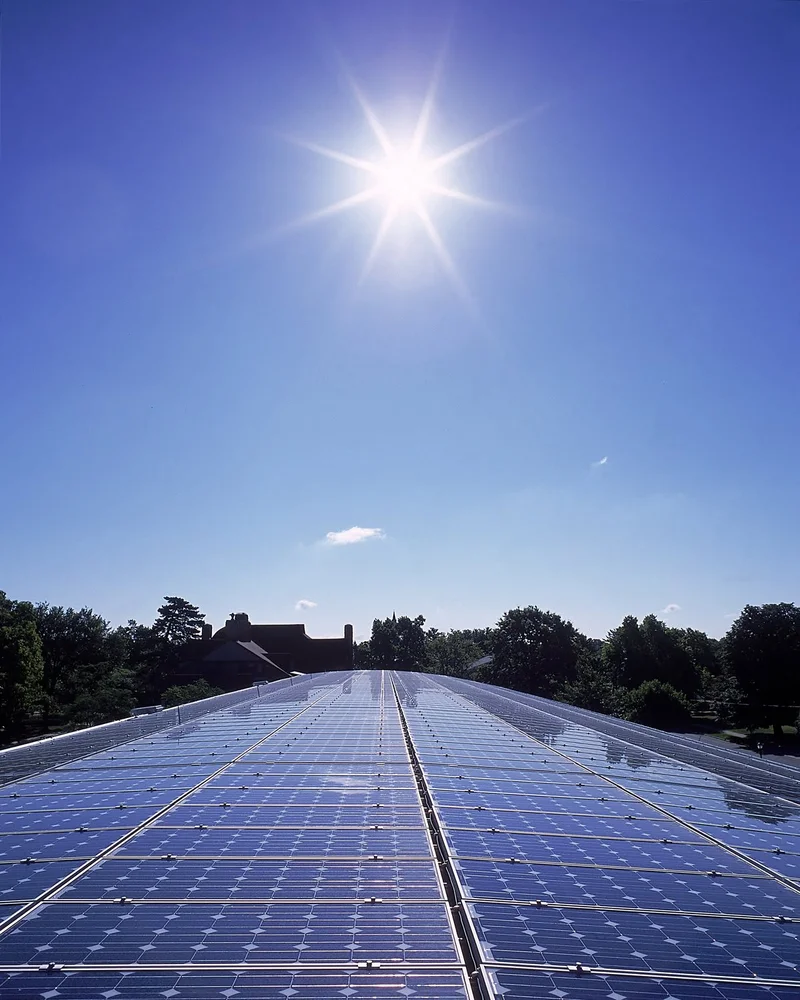Solar's Getting Too Big: What's the Catch?
Google's Space Data Centers: Are They Serious, or Just High?
Okay, Google wants to put data centers in space? Let's be real, this sounds like something cooked up after a few too many kombuchas in Silicon Valley. "Project Suncatcher," they're calling it. Cute. Real cute. But are we really supposed to believe this is a viable plan, or just a way to distract us from, you know, the actual problems down here?
The claim is simple: Earth's running out of juice for AI. All those server farms sucking up power to run the latest chatbot or image generator are apparently going to drain the planet dry. So, naturally, the solution is to launch a bunch of satellites packed with TPUs (Tensor Processing Units, their AI chips) into orbit and let them bask in the sun's rays 24/7. Google wants to build solar-powered data centers — in space
They're saying these space-based data centers would get eight times more solar power than a terrestrial setup. Eight times! Sounds amazing, right? But think about the logistics for a freakin' minute. We're talking about launching sensitive electronics into an environment that's basically a cosmic microwave oven. Radiation, extreme temperatures, the constant threat of space debris turning your multi-billion dollar satellite into confetti... What offcourse could go wrong?
The "Moonshot" That Might Just Crash and Burn
Google's admitting this is a "moonshot," which is corporate speak for "we have no freakin' clue if this will work, but it sounds cool in a press release." Senior Director Travis Beals even said there's "no certainty." Thanks, Travis. I feel so much better now.
They're planning to launch two test satellites in 2027, each with four TPUs. Four! That's it? That's supposed to prove this whole thing is feasible? It's like trying to build a skyscraper with Lego bricks. And they think it might be economical by 2035? I'll believe it when I see it. By then, we'll probably all be living in the metaverse anyway, so who cares where the data centers are?
And don't even get me started on the radiation issue. They "irradiated" the chips at UC Davis to simulate years of solar exposure. They held up "quite well," apparently. Okay, but "quite well" isn't exactly confidence-inspiring when you're talking about mission-critical hardware. What happens when some rogue solar flare fries half the processors? Do they just send up a space janitor to reboot the system?

But Wait, There's More... Solar for Everyone! (Maybe)
Meanwhile, back on Earth, things are getting interesting, too. Australia is promising its citizens three free hours of solar power a day starting next July. The idea is to encourage people to use more power during peak sunlight hours. Australians have been promised three free hours of solar power a day. Here’s what you need to know
Energy Minister Chris Bowen is all rah-rah about it, calling Australia a "solar nation." Sure, mate. But who actually benefits from this "solar sharer" program? According to Bowen himself, it's mostly professionals working from home, retirees, and people with smart appliances. What about everyone else? What about low-income families who can't afford fancy gadgets or aren't home during the day?
Brian Spak from Energy Consumers Australia hits the nail on the head: "The best way to maximise savings is to use more energy when power is free and less when it is expensive… but this is easier said than done." No kidding. It's like telling people to eat cake when they can't afford bread.
The Future is... Bright?
So, where does all this leave us? Google dreaming of space data centers while Australia doles out a few free hours of solar power to the privileged few. The solar industry in China is booming, churning out wafers day and night. It's all a bit... disjointed, ain't it?
Maybe I'm being too cynical. Maybe Google's space data centers are the next big thing. Maybe Australia's solar program will revolutionize energy consumption. But let's be real, these all feel like half-baked ideas that are more about PR than actual solutions.
So, What's the Point of All This?
Honestly, it feels like everyone's chasing shiny objects while the real problems fester. Space data centers, free solar hours... it's all just noise. We need real, sustainable solutions, not pie-in-the-sky schemes and feel-good programs that barely scratch the surface.
Tags: solar
ZKsync Tokenomics Revamp: Utility vs. Revenue
Next PostAmerican Airlines Cancels Flights: What Happened and Why
Related Articles
